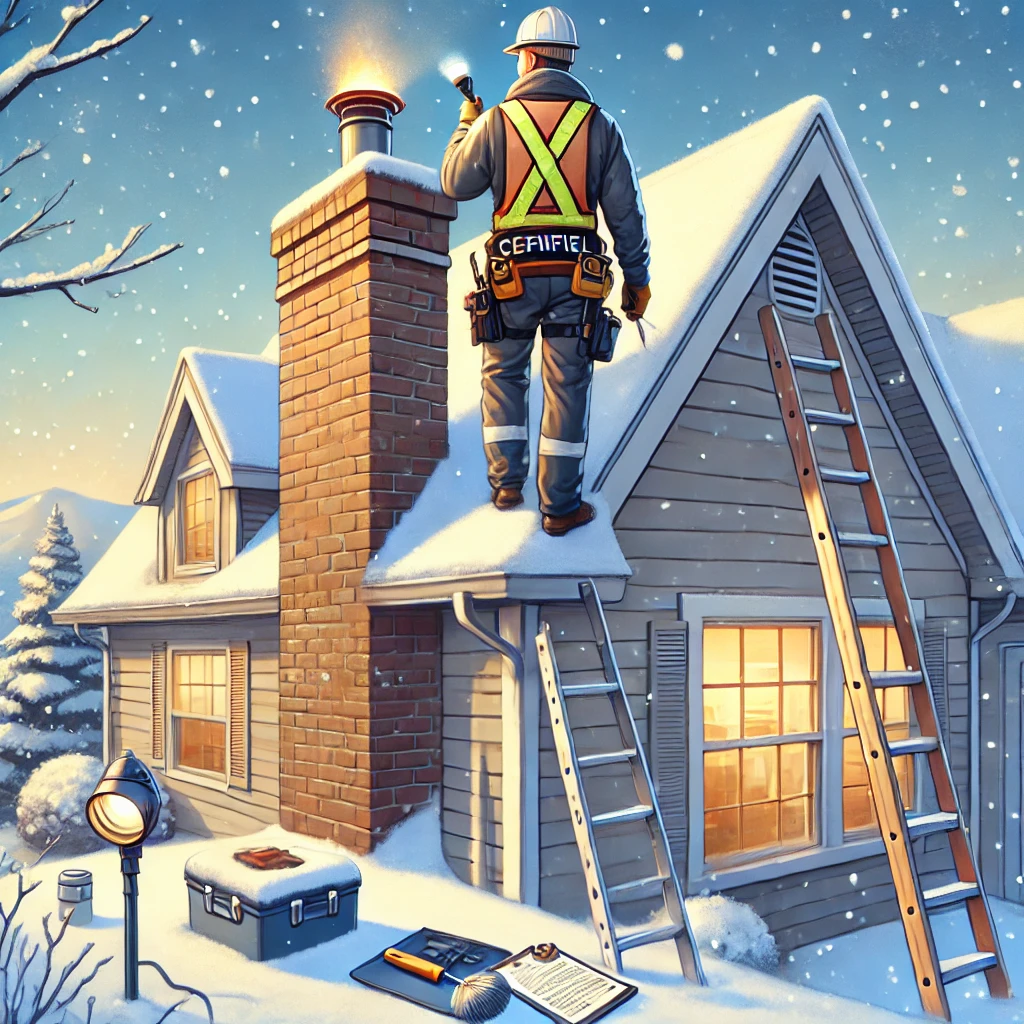Winter-Ready Home: Preparing Your Plumbing, Chimney, and Fireplace
As temperatures begin to drop, ensuring your home is ready for winter becomes a top priority. Key areas like your plumbing, chimney, and fireplace require specific attention to avoid costly repairs and ensure your comfort and safety during the colder months. Here's a comprehensive guide to winter-proofing these essential parts of your home.
Plumbing Preparation
Cold weather can wreak havoc on your home's plumbing system, but proactive steps can help you avoid frozen pipes and water damage.
1. Insulate Pipes
Wrap exposed pipes in insulation foam or use heat tape, particularly in unheated areas like basements, attics, and garages. This helps maintain water flow and prevents pipes from freezing.
2. Drain Outdoor Faucets and Sprinklers
Disconnect garden hoses and drain outdoor faucets. Consider using faucet covers to add an extra layer of protection.
3. Locate the Main Water Shut-Off Valve
Knowing where your main water shut-off valve is located can save you time in the event of a burst pipe. Ensure it's accessible and operational.
4. Maintain Your Water Heater
Flush the tank to remove sediment buildup and check the temperature settings. A properly maintained water heater ensures consistent hot water supply during winter.
Chimney Maintenance
A properly functioning chimney is crucial for safely enjoying your fireplace during the colder months.
1. Schedule a Chimney Inspection
Hire a certified professional to inspect and clean your chimney. Removing creosote buildup reduces the risk of chimney fires.
2. Check for Structural Issues
Look for cracks, loose bricks, or deteriorating mortar. These can compromise your chimney's structural integrity and allow cold air to enter your home.
3. Install a Chimney Cap
A chimney cap prevents rain, snow, and debris from entering your chimney. It also keeps animals from nesting inside.

Fireplace Readiness
Your fireplace can be a source of warmth and comfort, but it requires proper preparation to function safely and efficiently.
1. Test Your Damper
Ensure your damper opens, closes, and seals properly to prevent heat loss when the fireplace is not in use.
2. Stock Up on Firewood
Use seasoned hardwood that has been dried for at least six months. Avoid using treated or painted wood, as it can release harmful chemicals.
3. Inspect Gas Fireplaces
For gas fireplaces, check for any leaks, cracks, or issues with the ignition system. Annual servicing by a professional is highly recommended.
General Tips for a Winter-Ready Home
- Seal Drafts: Check doors and windows for drafts and seal them with weather stripping or caulk.
- Check Smoke and Carbon Monoxide Detectors: Test and replace batteries to ensure they are functioning correctly.
- Have an Emergency Kit: Include essentials like a flashlight, extra blankets, and bottled water in case of power outages.
Preparing your plumbing, chimney, and fireplace for winter is an investment in your home's safety and efficiency. By taking these steps now, you can enjoy a warm and worry-free winter season.